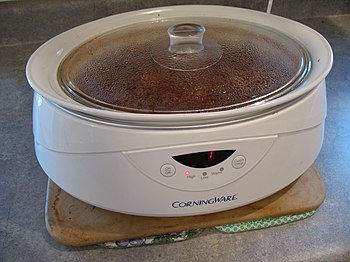 |
| Some weeds in my lawn Photo credit: Wikipedia) |
Baking Soda
If you’re looking for a great way to keep the weeds at bay you can easily sprinkle a handful of baking soda onto the concrete areas in your yard which can include the driveways, patios, and walkways. The sodium makes it a less friendly environment for troublesome weeds like dandelions.
Bleach
Another option for getting rid of weeds found on concrete is to pour a bit of undiluted bleach over the concrete. Let the bleach sit for about a day or so and then proceed to remove them. They should remove much easier and the bleach prevents it from returning so soon.
Carpet Scraps
Did you know that a few pieces of carpet scraps turned upside down can keep your garden free from weeds? Place the carpet upside down and cover it with mulch.
Plastic Shower Curtains
Another great way to keep the weeds at bay in your garden is to utilize a shower curtain. When doing landscaping that involves gravel or bark chips all you have to do is place the shower curtain underneath the mulching materials. This prevents the weeds from poking through.
Vinegar
Another great solution for troublesome weeds poking through your driveway or patio is to try some vinegar. Using a plastic spray bottle you can easily rid yourself of weeds by spraying some full-strength apple cider or white vinegar. Early in your gardening season gently spritz your plant in the middle of the flower before the plants go to seed. Spraying more around the stem near the ground will allow the vinegar to also soak into the roots. However, this should be done on a day where there won’t be any rain for a few days after. If it does rain you will need to re-spray the plants again.
Vodka
You probably wouldn’t have thought to look to your liquor cabinet for a safe remedy to get rid of weeds but vodka can work wonders. All you need to do is mix about one ounce of vodka with a few drops of liquid dish soap, about two cups of water into a plastic spray bottle. Generously spray it on the leaves of the weeds until the solution is dripping off. By also applying it to the weeds on a sunny day is a great way to help the alcohol break down the wax barrier found on leaves. This allows the leaves to become hydrated and thus will kill the weeds.
Last but not least on the list of easy remedies to try for getting rid of weeds is WD-40 . This is great for prickly weeds such as the Russian Thistle. WD-40 will speed up the withering process and cause them to die.
. This is great for prickly weeds such as the Russian Thistle. WD-40 will speed up the withering process and cause them to die.






